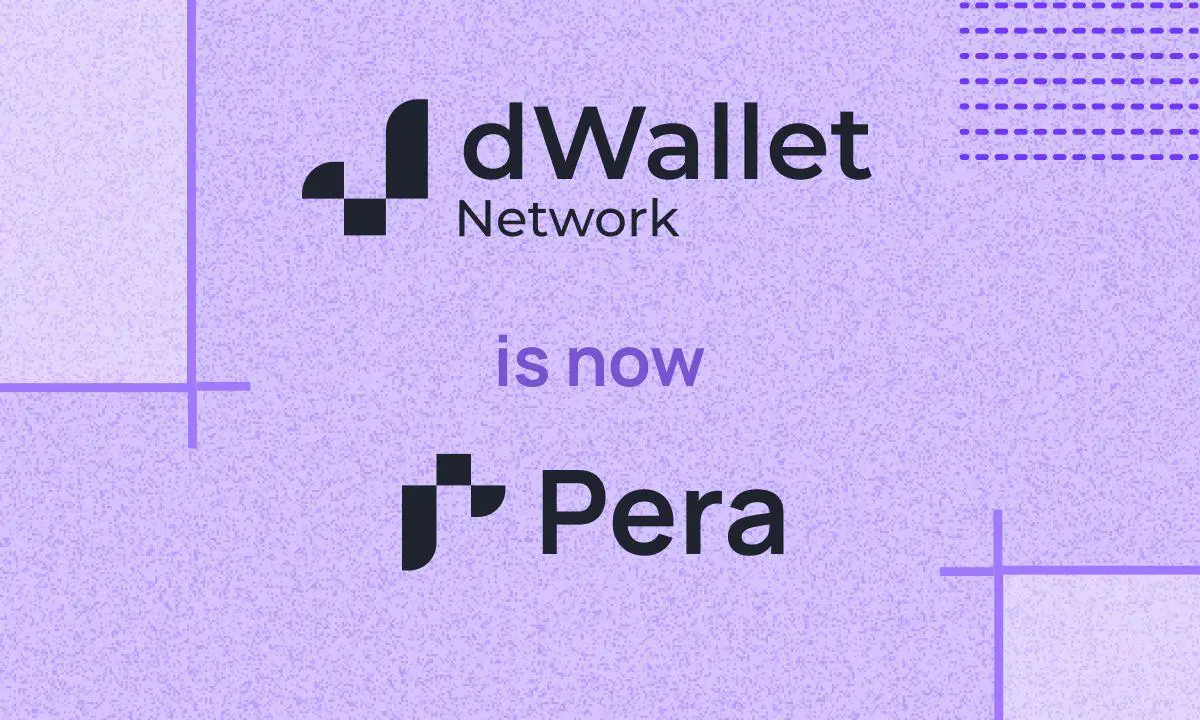
dWallet Network is now Pera, Starting a New Chapter of Zero Trust Protocols in Web3
Tel Aviv, Israel, September 6th, 2024, Chainwire
dWallet Network became Pera. The new name reflects the project’s evolution and focus on streamlining developer access to Zero Trust Protocols (ZTPs).
The core function of the platform remains unchanged – securely managing digital assets across multiple networks – and the dWallet primitive remains the foundational building block that empowers Zero Trust Protocols to operate seamlessly across different blockchains..
Omer Sadika, co-founder of Pera said: “Pera is more committed than ever to delivering innovative solutions that address the most pressing challenges in Web3. We look forward to building and expanding our platform as we move towards our mainnet launch, setting new standards in decentralized technology. Stay tuned for exciting updates in the upcoming weeks!”
Zero Trust Protocols (ZTPs) are a revolutionary solution to interacting across networks of which the sovereignty and honeypot problems are both symptoms, with no parallel in the Web3 space. At the core of ZTPs is the dWallet, an innovative cryptographic primitive that enforces logic on user-generated signatures for transactions across any chain. With dWallets, builders can create ZTPs that operate seamlessly across multiple chains while preserving Zero Trust principles. Powered by the novel 2PC-MPC cryptographic scheme, developed by Pera’s team, the logic governing a dWallet’s actions is determined by the ZTP and is executed by a ⅔ threshold of the massively decentralized Pera, together with user participation being cryptographically enforced.
The use cases for Pera include decentralized custody, native staking & restaking, native atomic swaps, native multi-chain lending, AI agents guardrails, RWAs and much more.
About Pera
Pera is a decentalized platform empowering Web3 builders to create Zero Trust Protocols (ZTPs) that operate natively across any blockchain. ZTPs are a new class of protocols that enable multi-chain interactions that eliminate the risk of trusted third parties that can be hacked or act maliciously. At the core of this architecture is the dWallet, a programmable and transferable signing mechanism that ensures user consent is cryptographically enforced, allowing developers to build secure, decentralized applications across the entire Web3 ecosystem.
